We’ve said it over and over again that we don’t much care for surface parking lots. Whether it’s in the heart of downtown Philadelphia or in the farthest reaches of the city where land values aren’t so high, there’s pretty much always a higher and better use for a property than putting cars and only cars on it. An fine example of prominently located underuse can be found on the northwest corner of 3rd & Lombard, in the historic Society Hill neighborhood.
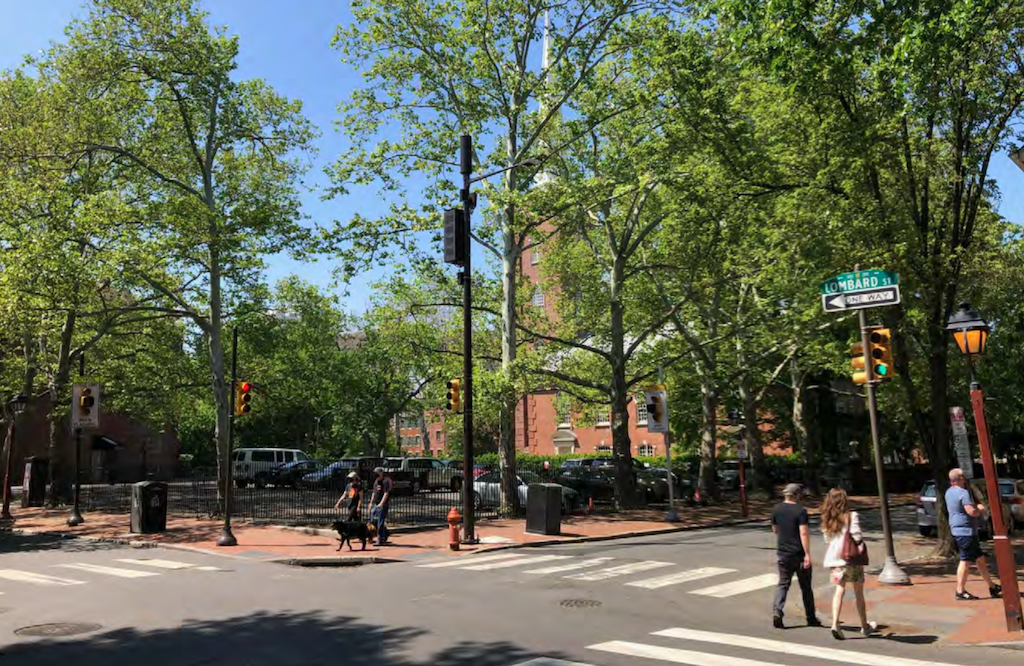
As you might expect in this part of town, this property has some serious history to it. The lot’s ownership can be traced back to Lawrence Growden, a PA Assemblyman in the 1730s and later a judge on the PA Supreme Court. Edward Shippen, an early mayor of Philadelphia, owned the land in the mid-1700s, purchasing it as part of a larger land speculation deal in a section of the city that wasn’t yet built up. The property was eventually subdivided and built up over the years, with buildings coming and going, as they were wont to do in those days. A public school appeared on the site shortly after the Civil War, operating on the property through the late 1930s, before being taken out of service and demolished. The property has sat more or less empty since then.
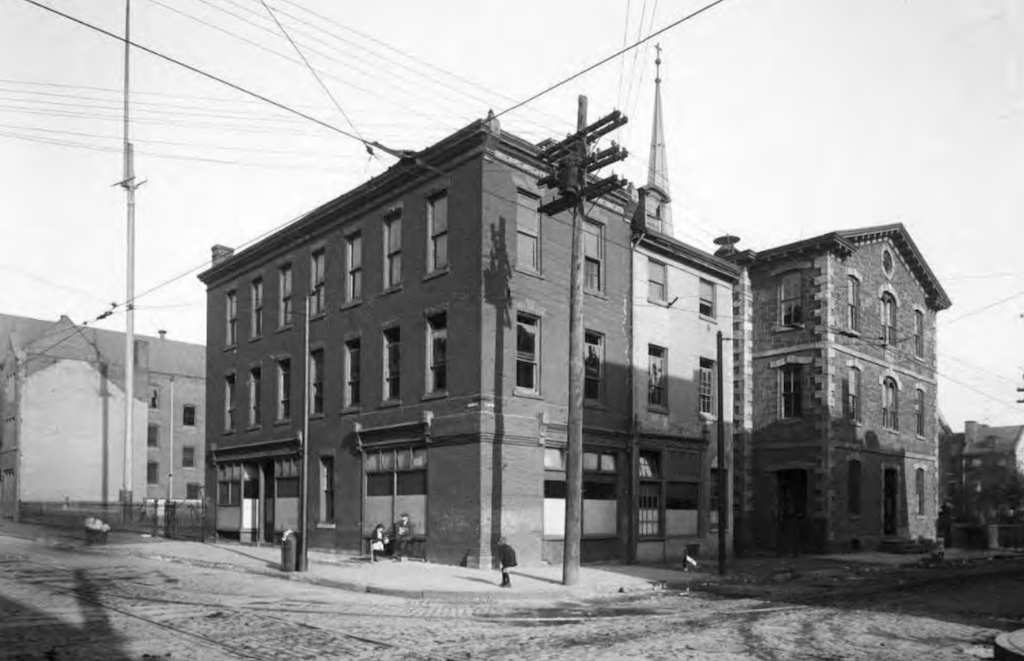
Of course, the really exciting history on this block is located next door. Saint Peter’s Church, located immediately to the north of this property, is an Episcopal church which first opened its doors in 1761 and served as a house of worship for many of America’s founding fathers. The church, one of the oldest buildings in town, is still in active use today and has been using the property at 3rd & Lombard as a parking lot for decades. But not for much longer, it seems.
When you have a religious building older than America, it seems that eventually you start to run out of space. It took 45 presidents, but the time has finally come and Saint Peter’s sees an opportunity in its underused parking lot. In 2019, the church presented plans to build a parish hall, with a gathering space, meeting rooms, classrooms, office space, and a music room. At the time, the Historical Commission required an archeological report, which seems prudent both because of the history of the property, but also due to the presence of a cemetery right next door. Fortunately, the archeological report came back clean, and now it appears that the church can proceed with their plan. Here are some renderings, from SMP Architects, to give you a sense of what’s coming:
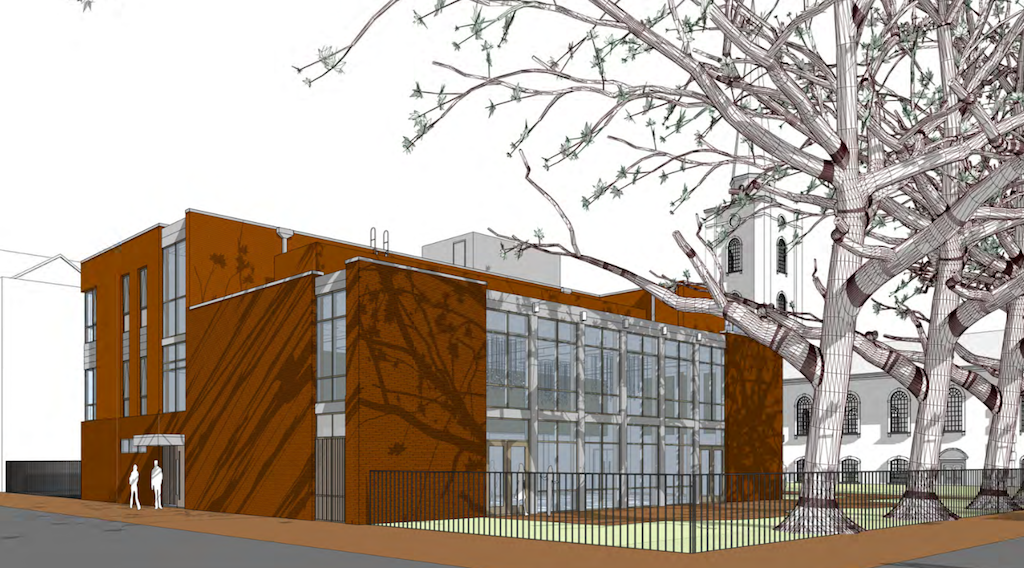
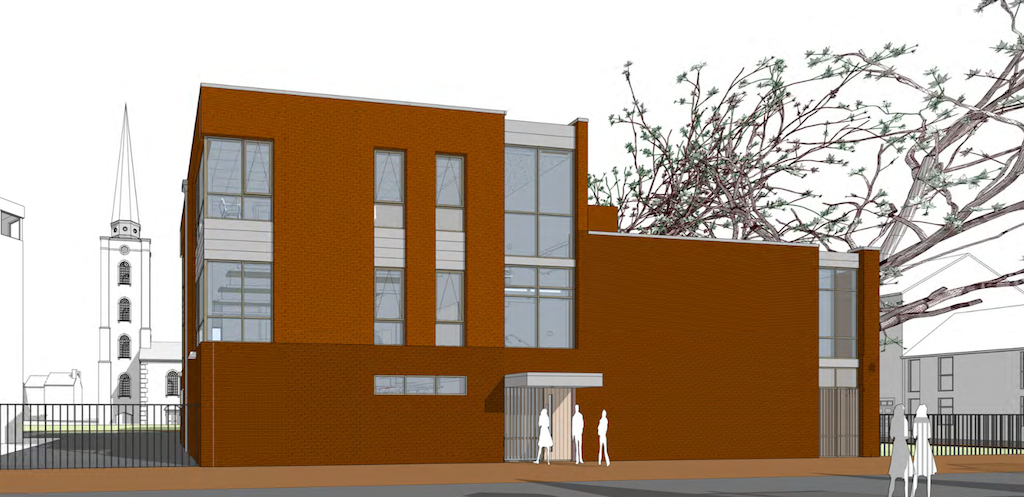
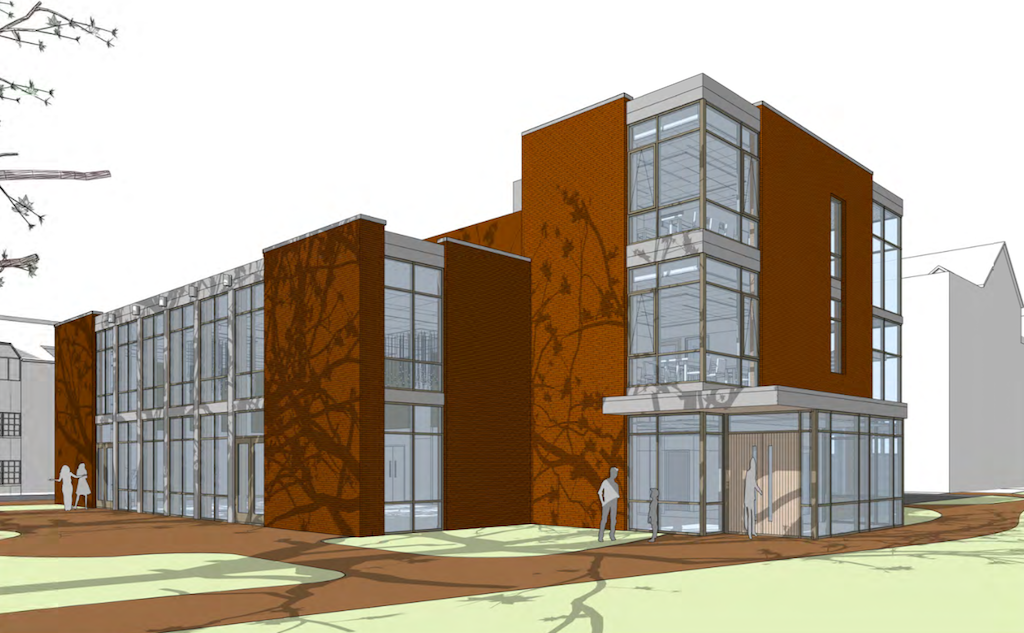
The new building would obviously be a huge upgrade from the current situation, replacing a surface lot with a functional building for a historic institution that needs more space. We appreciate that the addition is going with red bricks, to blend in with many of the buildings in the neighborhood, but it’s clearly going to be something contemporary, not something that’s trying to pass as historic. We’re also pleased that the building will be set back from its property lines, to preserve both sight lines and also several mature trees on the property. With the church having seemingly overcome any historic hurdles, it shouldn’t be long before they’re finally able to build the parish hall. Soon enough, the church will be able to stretch its creaky legs, which will surely be appreciated in the coming years as it approaches its 300th birthday.

Leave a Reply